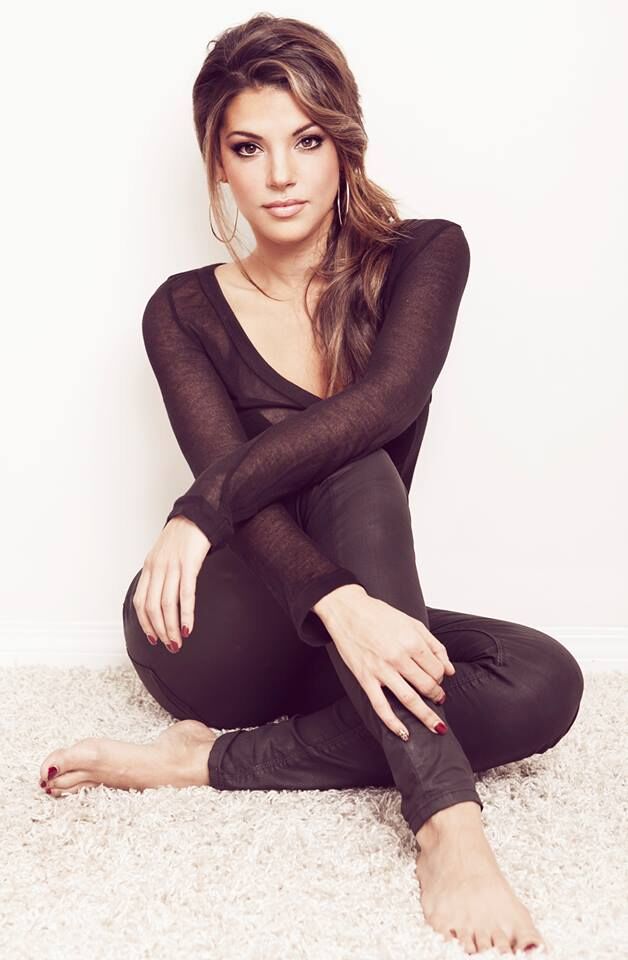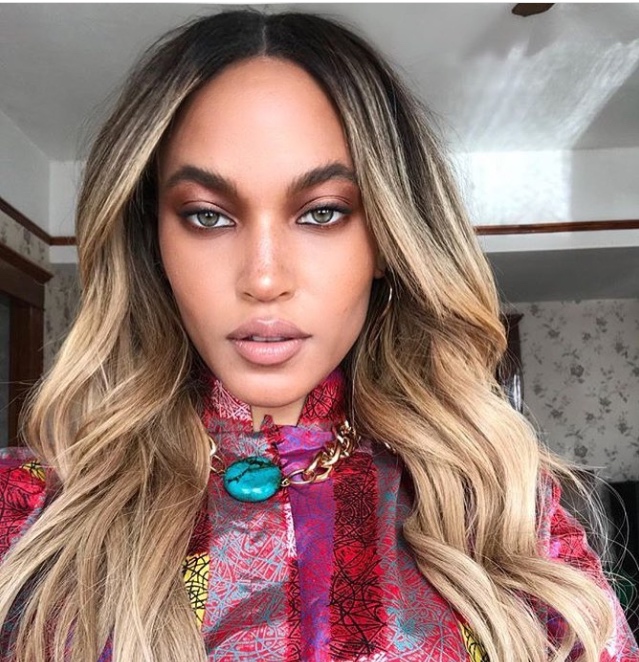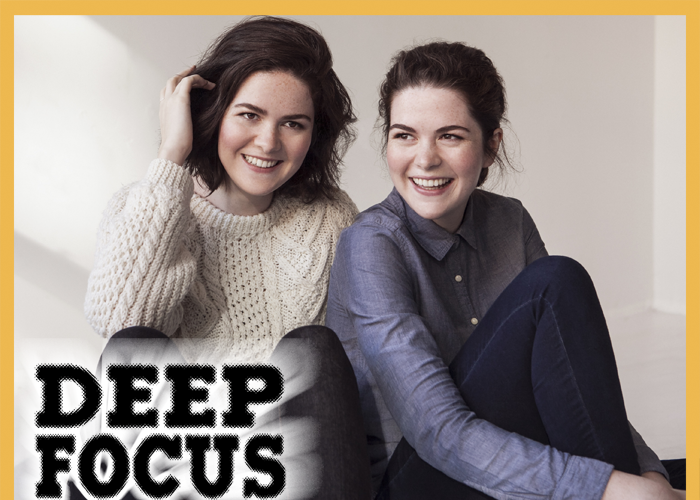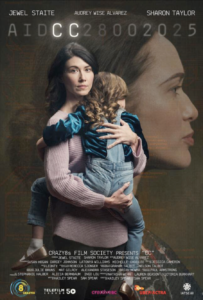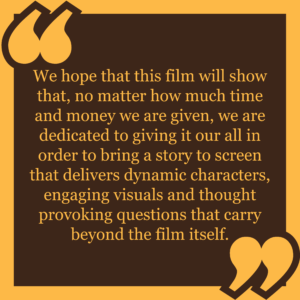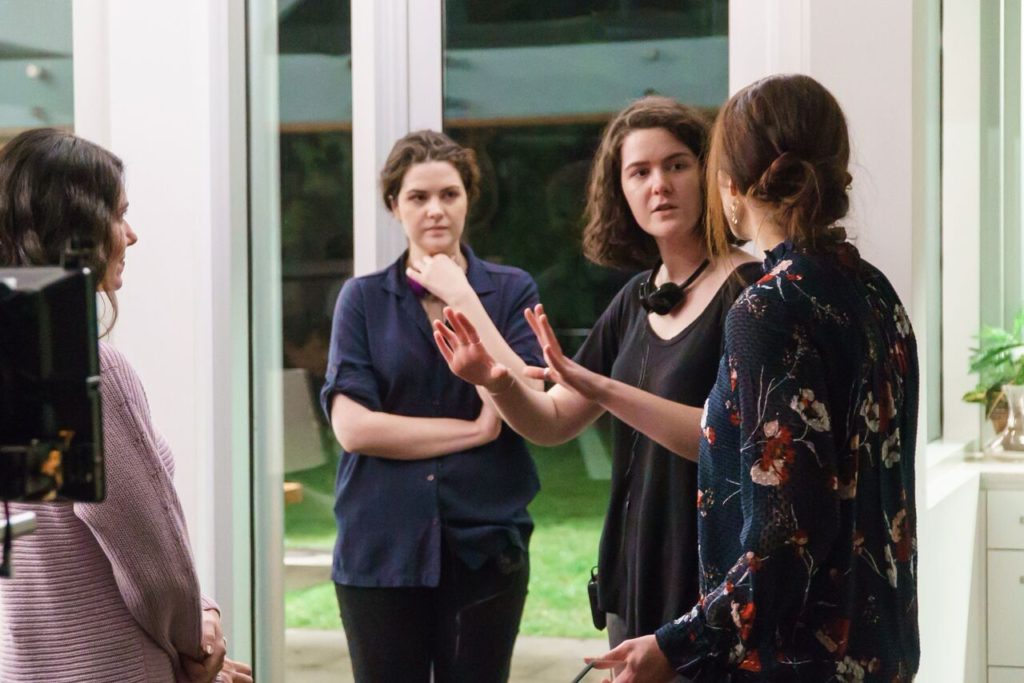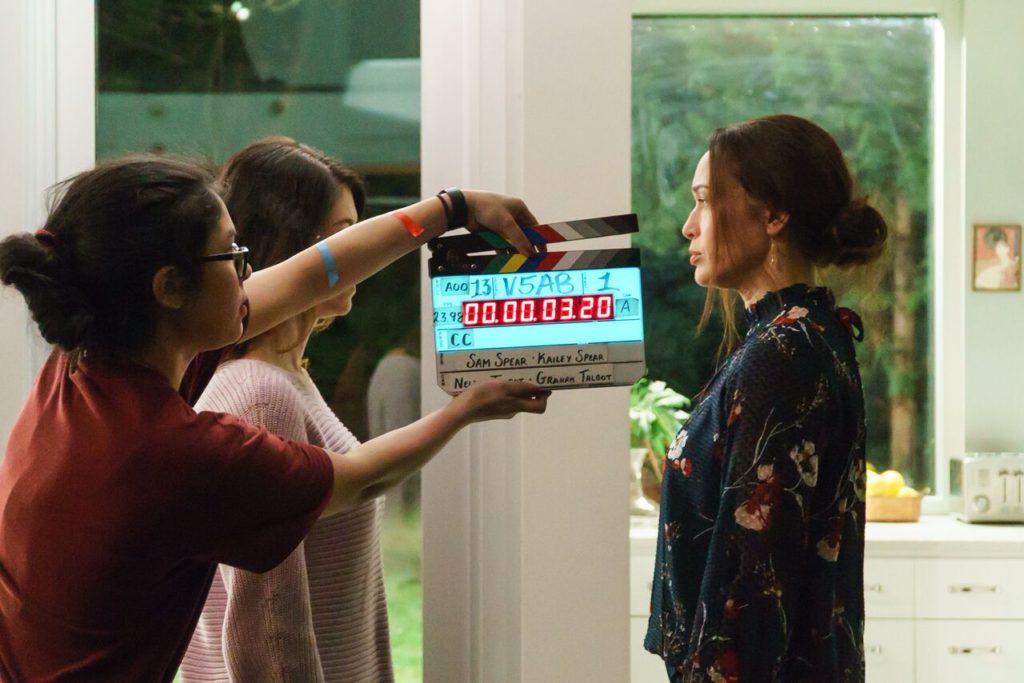
In our ongoing column Deep Focus, TrunkSpace is going behind the camera to talk with the directors, writers and producers who infuse our world with that perennial pop culture goodness that we can’t get enough of.
This time out we’re chatting with Jenna Laurenzo, writer, director and star of the new comedy “Lez Bomb,” about the catch-22 of getting a movie made, why the film was so personal, and the reason declaring yourself a vegetarian at a family gathering can be so stressful.
TrunkSpace: You first started writing the film eight years ago. That’s a long journey to see your vision become a reality. Was there ever a point where you thought it wasn’t going to happen?
Laurenzo: Well, yeah. I had about six years trying to attach a star and a director. And you don’t have money and then it’s like, well what comes first – the cast or the director or the money? Or the money bringing the cast and the director? It’s this catch-22 to fill this kind of puzzle, and I just figured I had to do both if it was ever going to happen. But see, that whole time everybody kept telling me how it was going to happen and sometimes it’s hard to not see those pieces of advice as if they are facts. I think only after a while do you realize that nobody has the answer. You have to figure it out. There’s no set path.
TrunkSpace: No two films are made the same exact way.
Laurenzo: Yeah. And you’re a novice or looking for advice every which way, and then you just have to learn which advice to take and which advice to let go. You just have to do it, there’s really no other way to figure it out except to figure it out.
TrunkSpace: In writing the script, you drew heavily on your own coming out experience. This being your first feature, and because your own story is woven into the narrative, do you feel exposed in that you’re putting yourself out there in multiple ways?
Laurenzo: Oh my gosh, absolutely! (Laughter) I had this moment where I was like, “What have I done?” I really just thought it was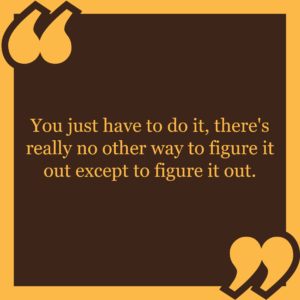 important for me to make this. It was so important – I had to do it. I felt like I needed the story and I felt there’s somebody out there that also needed it. That kept my passion very much alive throughout the process.
important for me to make this. It was so important – I had to do it. I felt like I needed the story and I felt there’s somebody out there that also needed it. That kept my passion very much alive throughout the process.
But then the moment, the day, we released the trailer… that day I texted my friend who has made a bunch of projects and has been in the public eye, and I was like, “What have I done? Is this how you feel?” It just dawned on me that all of a sudden that I don’t… I can’t articulate it. I felt very exposed and vulnerable.
TrunkSpace: It makes total sense. You wore so many hats in bringing the film to life. As far as judgment goes, the audience will be looking at all of these different elements of your creative self. Once the opening is over though, you’ll probably be able to enjoy it all more.
Laurenzo: Yeah. I was having this talk with my friend last week. And we were just talking about life lessons and putting everything in perspective. I was talking about how I was on this ship once and almost died. And she was like, “Look, nothing will be as bad as that.” I was like, “That’s a good way to think about it.”
TrunkSpace: Sometimes success is scary, especially for artists.
Laurenzo: Yeah. And I think that in general, my strength as a writer comes from the fact that I’m a very sensitive and vulnerable person. So yes, that’s my strength as a writer, but that’s also what makes me a sensitive soul in life. (Laughter) I think sometimes our greatest strengths are also our greatest weaknesses. It just sort of depends on which side of the pendulum we’re on.
TrunkSpace: Because so much of Lauren’s story is your own, was it important for you to portray her on camera?
Laurenzo: I ultimately was planning on finding an actress to play that role. It just never happened without the financing or a director attachment. And that’s how I ultimately made the decision to play that role. Now, in looking back, I’m glad that decision was made. I felt like it was invaluable. It was an invaluable lesson on a lot of different fronts, but I had thought very longingly about playing the role, or the girlfriend.
TrunkSpace: Knowing what you know now, would it have been odd to see somebody else take on Lauren?
Laurenzo: Yeah. I think in looking back I’m glad I ultimately played that role because the story journey and the arc of that character’s emotions is very much grounded in my personal journey. I am glad that I was able to bring that to the role.
It was definitely an interesting process, falling back into those emotions that I had gone through years earlier. I even felt my body taking on these habitual tensions that I had gotten over. And all of a sudden I was like, “Oh yeah, I remember when my shoulders used to be tense this way. Oh, isn’t that interesting?” I thought it was an interesting journey as an actor, and spiritually, as I felt like I learned a lot about myself as a person and storyteller.
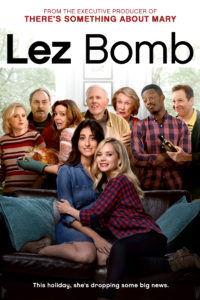 TrunkSpace: Do you think part of that return to old habits like the tension was because you shot the film at your childhood home?
TrunkSpace: Do you think part of that return to old habits like the tension was because you shot the film at your childhood home?
Laurenzo: I think there is something wonderful about the fact that we shot in the house because it was just so colored with nuance in a way that I think is sometimes challenging to fake, particularly since the actors were playing a lot of real people from my real life. And I wrote this script around the locations I had access to, which made the execution a lot easier.
TrunkSpace: Which is a smart way to do it because then you make your job easier when you get further into the process.
Laurenzo: Yeah. When grandma rounds the corner, I knew what corner I was talking about. (Laughter)
TrunkSpace: As far as your director’s vision, did you achieve your creative goals with the film?
Laurenzo: I kept thinking about who the audience was that I was trying to communicate with and make the film for them. I had a mentor of mine who kept asking me how I wanted to push the LGBTQ narrative forward. The tradition of those films… how did I want to push them forward? And it was important for me that the film was funny, that this film had a happy ending and that the aspect of coming out that was being explored was felt in acceptance versus the external pressures. I felt oftentimes the assumption is the external pressures is what make that journey ultimately the most challenging, and it’s self-acceptance that is sometimes overlooked. But the self-acceptance is ultimately what’s relatable to those who have not had to come out.
I really wanted to tell this story in a way that people who have not necessarily had to go through this journey can relate to while also serving as a dysfunctional family comedy that would expand beyond the built-in audience that I had in mind. And that families could potentially enjoy it together and maybe it would spark a dialogue if there was one that was needed. If not, just a lot of laughter. And in looking back and looking at the dreams we had, and the conversations, and Q and A’s, I feel happy because I think that I executed that.
TrunkSpace: Well, placing the story at Thanksgiving was a perfect way to make it relatable because everyone can connect to coming home to a big family function and the stresses that go along with that.
Laurenzo: Absolutely. And there’s just something so relatable, in my opinion, about coming home with any news to the family because you always wonder how the family is going to receive the news. I remember thinking about that when I wanted to switch my major. Or when I wanted to talk about my major or – and I joke about this in the movies – when I came home and was like, “I’m a vegetarian.” That was this whole thing. So sexuality… just coming home with any news is always eventful!
“Lez Bomb” opens in select theaters and on digital HD tomorrow.


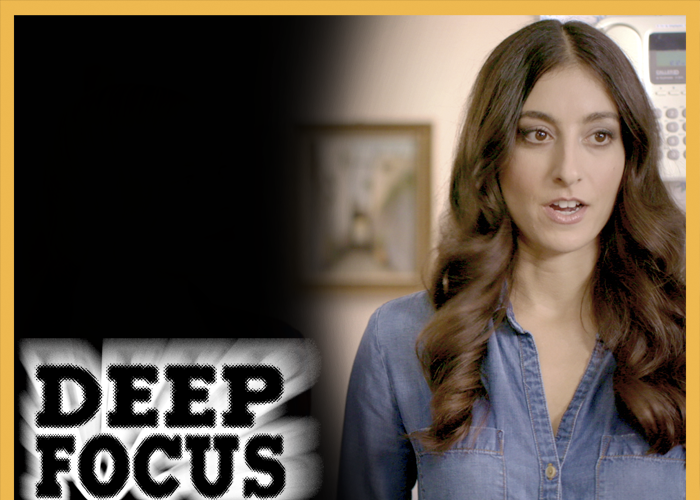
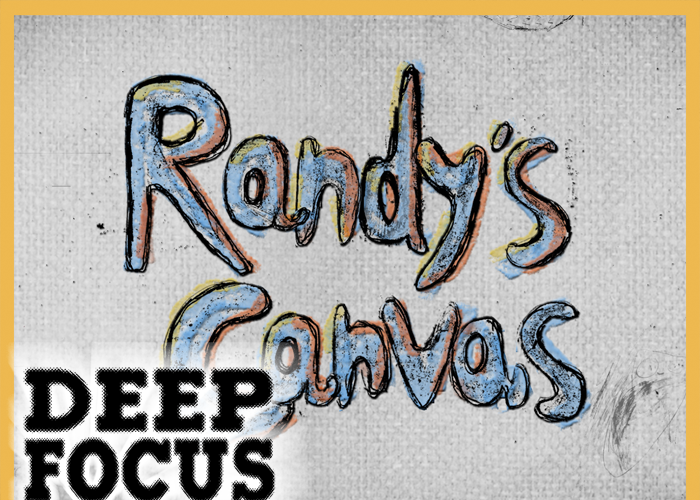
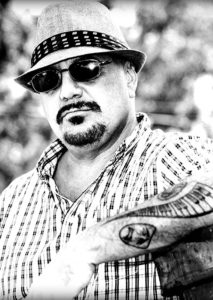 This week we’re taking an extended look at the
This week we’re taking an extended look at the  this justice and he obviously did, but I did have a lot of resistance and was told, “You’re making a mistake.” I just knew he was going to bring what it took. He did such hard work and research… I was very, very proud of all the time and effort that he put into it and it paid off.
this justice and he obviously did, but I did have a lot of resistance and was told, “You’re making a mistake.” I just knew he was going to bring what it took. He did such hard work and research… I was very, very proud of all the time and effort that he put into it and it paid off.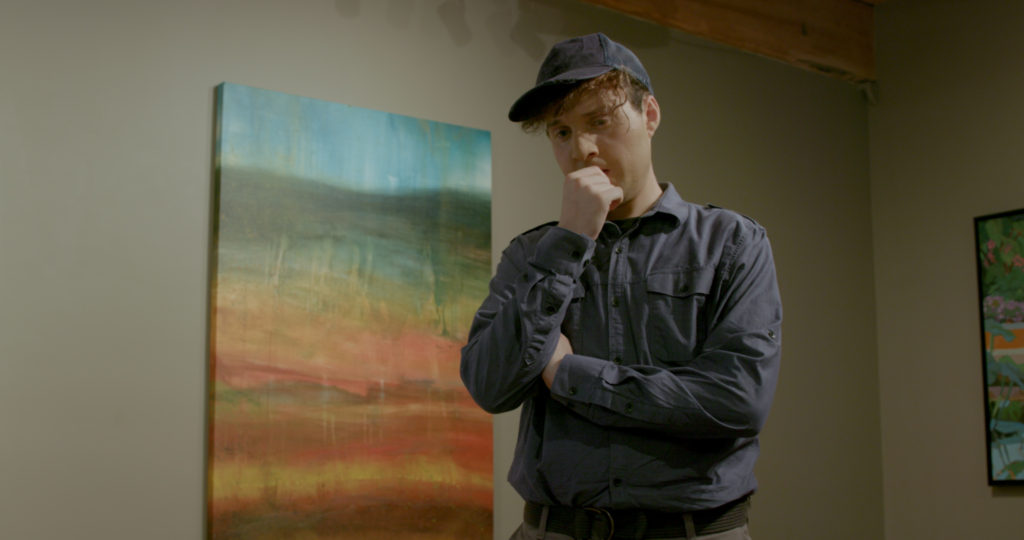
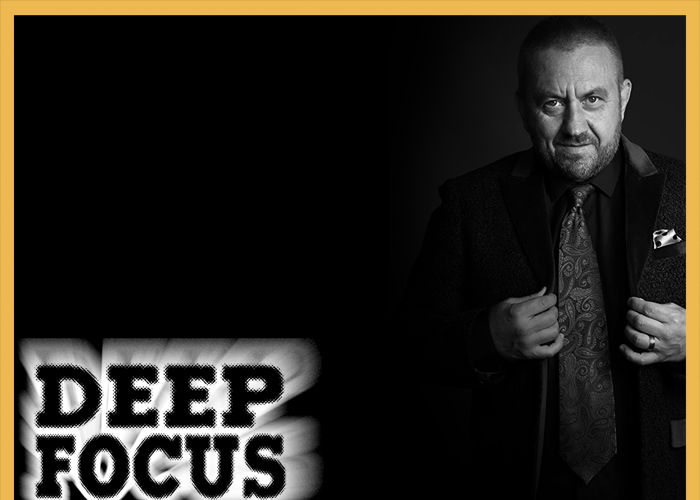

 or we have a performance that’s an eight instead of a nine, or a seven instead of a nine, or whatever it may be. So, you’re always chipping away at what it could be. Also, it was the first family film I’ve done so I felt that it was a little bit tricky because I didn’t want to make a traditional light, straight up goofy type of film. I wanted it to hold its own as a drama, I wanted it to hold its own as a romance, and also be a great family film. I think we succeeded to a degree with that, but I think we can do better and I really think the sequel is going to show that we definitely can do better.
or we have a performance that’s an eight instead of a nine, or a seven instead of a nine, or whatever it may be. So, you’re always chipping away at what it could be. Also, it was the first family film I’ve done so I felt that it was a little bit tricky because I didn’t want to make a traditional light, straight up goofy type of film. I wanted it to hold its own as a drama, I wanted it to hold its own as a romance, and also be a great family film. I think we succeeded to a degree with that, but I think we can do better and I really think the sequel is going to show that we definitely can do better.
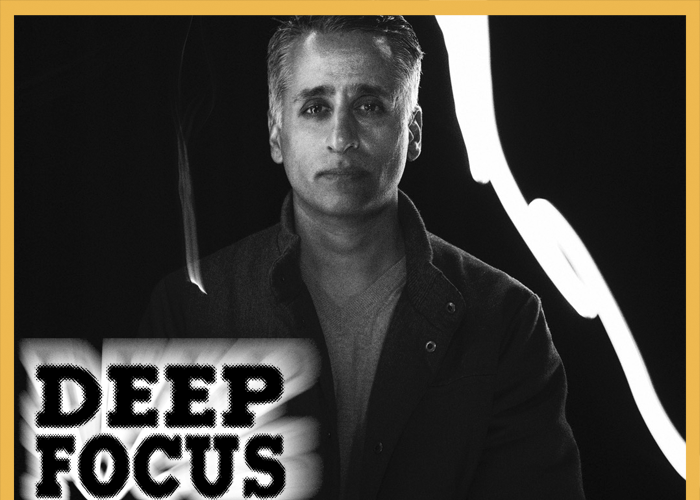
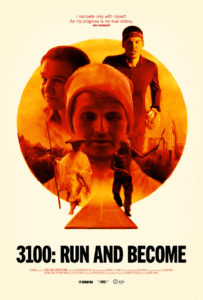 In our ongoing column Deep Focus, TrunkSpace is going behind the camera to talk with the directors, writers and producers who infuse our world with that perennial pop culture goodness that we can’t get enough of.
In our ongoing column Deep Focus, TrunkSpace is going behind the camera to talk with the directors, writers and producers who infuse our world with that perennial pop culture goodness that we can’t get enough of.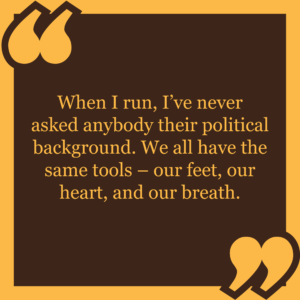 stories that didn’t overlap, we had to make decisions as to our main characters very early on. I had known Ashprihanal and Shamita for almost 20 years and it was clear to me that we would be able to film scenes to the strengths of the two. And I knew enough of their motivations that we were able to focus on what I felt would be their greatest strengths and weakness during the race as we filmed them months before. In essence, we knew that their conflicts and personal motivations in life would only be heightened by the struggle during the race. We realized we could build arcs through their normal life and their race experience through my own knowledge of their unique personalities.
stories that didn’t overlap, we had to make decisions as to our main characters very early on. I had known Ashprihanal and Shamita for almost 20 years and it was clear to me that we would be able to film scenes to the strengths of the two. And I knew enough of their motivations that we were able to focus on what I felt would be their greatest strengths and weakness during the race as we filmed them months before. In essence, we knew that their conflicts and personal motivations in life would only be heightened by the struggle during the race. We realized we could build arcs through their normal life and their race experience through my own knowledge of their unique personalities.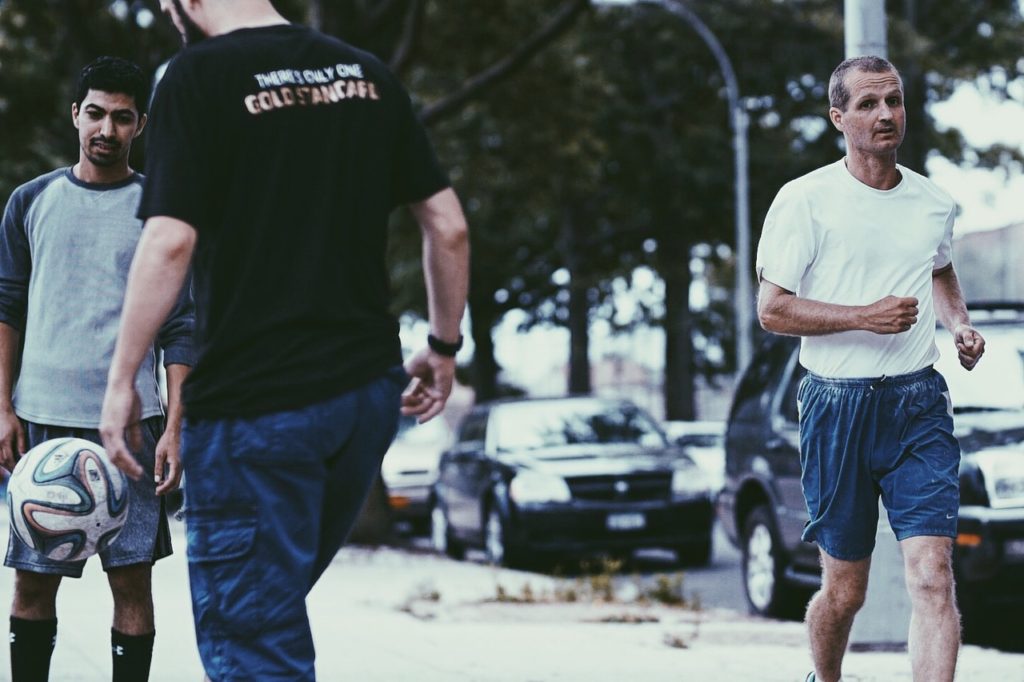
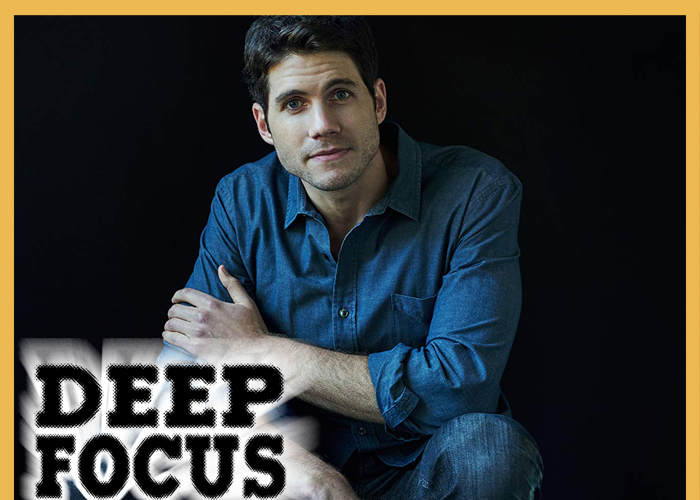
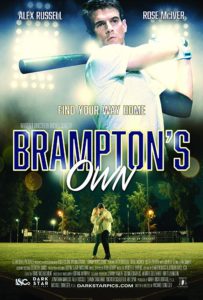 With Game 1 of the World Series set to kick off later tonight, we thought it was a great time to take a look at the new baseball movie “Brampton’s Own,” which is available now on Digital HD. Next up to the plate, we’re talking with writer, director and producer Michael Doneger, who originally wrote the part of Dustin, a minor league baseball player who returns to his hometown after leaving years before to chase his dreams, for himself. The film, which explores those things we sacrifice for our personal goals, stars
With Game 1 of the World Series set to kick off later tonight, we thought it was a great time to take a look at the new baseball movie “Brampton’s Own,” which is available now on Digital HD. Next up to the plate, we’re talking with writer, director and producer Michael Doneger, who originally wrote the part of Dustin, a minor league baseball player who returns to his hometown after leaving years before to chase his dreams, for himself. The film, which explores those things we sacrifice for our personal goals, stars 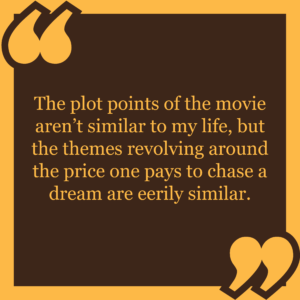 there are benefits to having fewer responsibilities and not being tasked with overseeing creative and business decisions, but there are also benefits of the buck stopping with you and not being able to point a finger at someone else. My producing partner Mark DiCristofaro does an excellent job of running production and making sure I have everything I would reasonably need to make our day. And again, a lot of that starts in the pre-production phase. I shot listed the film months in advance, so Mark and I were on the same page early on in terms of gathering the necessary film gear and lighting equipment for each scene. For example, my original shot list asked for seven days of a Steadicam operator, but Mark told me early on that we could only afford three days, so given that information, I adjusted and made shot list concessions where I could.
there are benefits to having fewer responsibilities and not being tasked with overseeing creative and business decisions, but there are also benefits of the buck stopping with you and not being able to point a finger at someone else. My producing partner Mark DiCristofaro does an excellent job of running production and making sure I have everything I would reasonably need to make our day. And again, a lot of that starts in the pre-production phase. I shot listed the film months in advance, so Mark and I were on the same page early on in terms of gathering the necessary film gear and lighting equipment for each scene. For example, my original shot list asked for seven days of a Steadicam operator, but Mark told me early on that we could only afford three days, so given that information, I adjusted and made shot list concessions where I could.
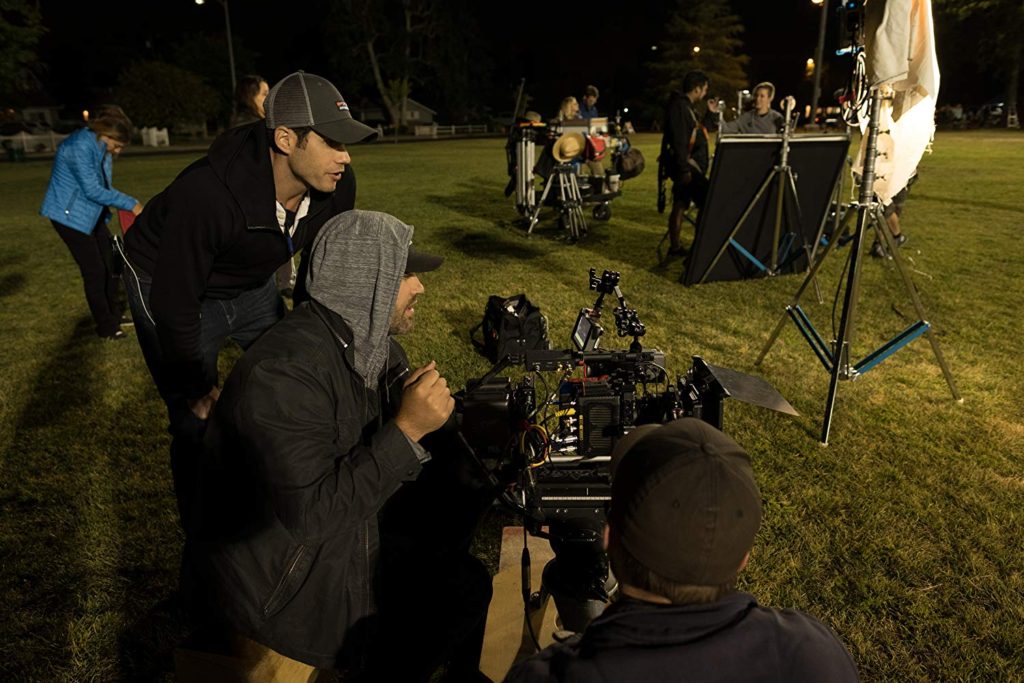

 On your mark. Get set. Let’s go!
On your mark. Get set. Let’s go! the other in the various stages? For example, will Director Don step in and say, “I’m not sure we can pull that off…” to Writer Don while you’re in the process of working on a script?
the other in the various stages? For example, will Director Don step in and say, “I’m not sure we can pull that off…” to Writer Don while you’re in the process of working on a script?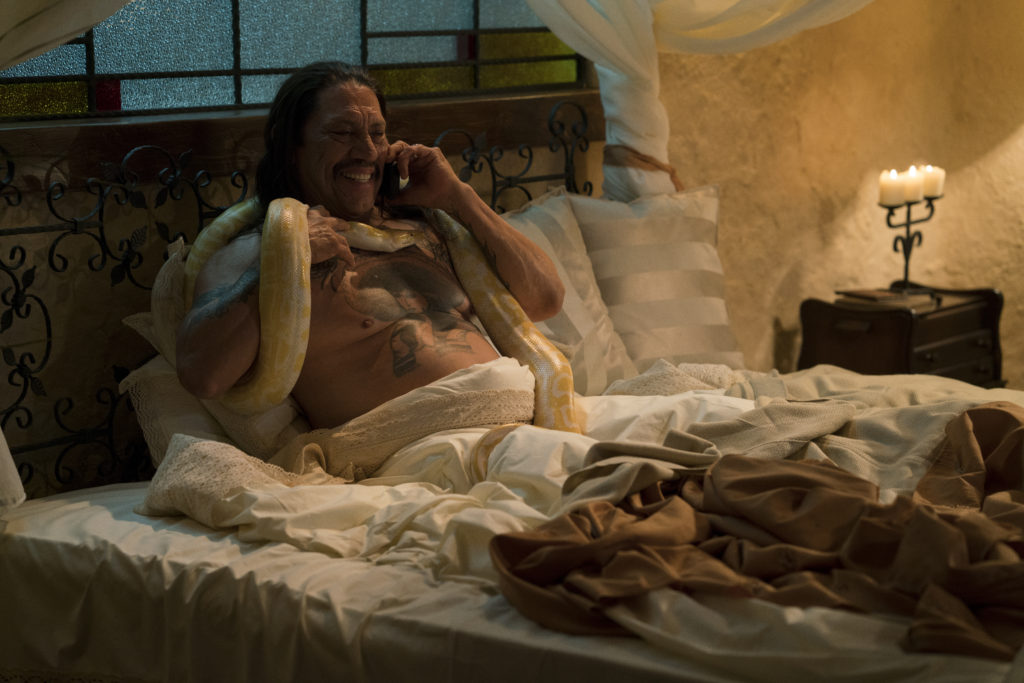

 In our ongoing column Deep Focus, TrunkSpace is going behind the camera to talk with the directors, writers and producers who infuse our world with that perennial pop culture goodness that we can’t get enough of.
In our ongoing column Deep Focus, TrunkSpace is going behind the camera to talk with the directors, writers and producers who infuse our world with that perennial pop culture goodness that we can’t get enough of.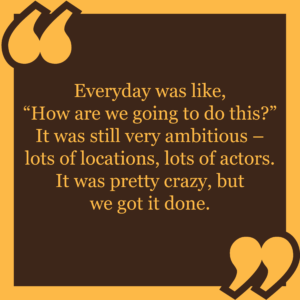 it done.
it done.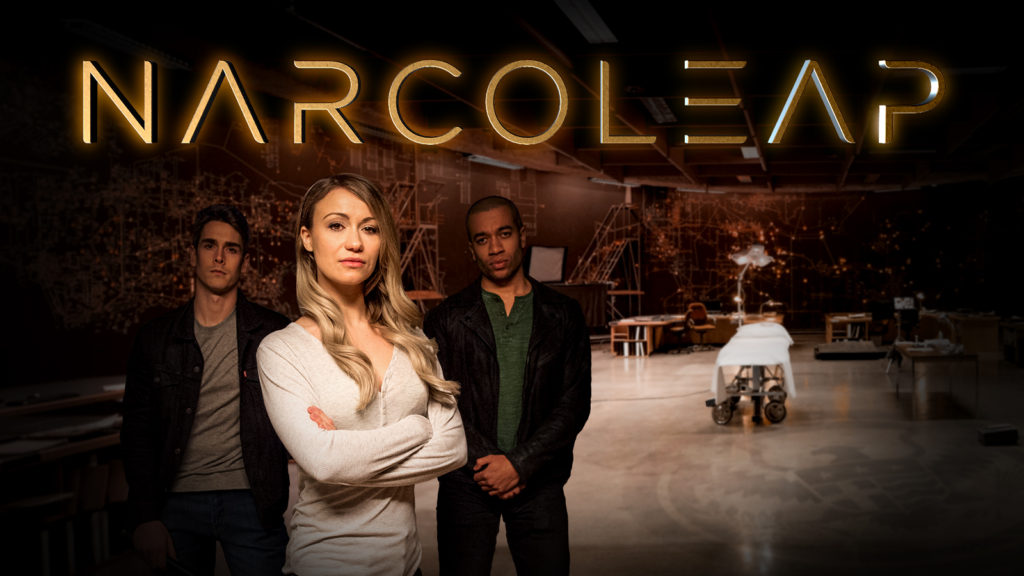
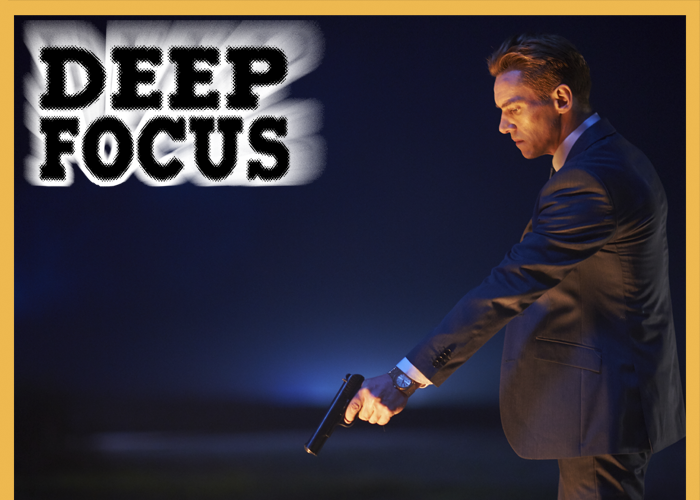
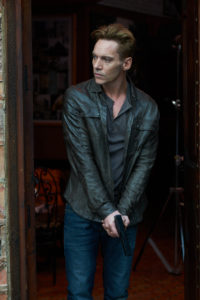
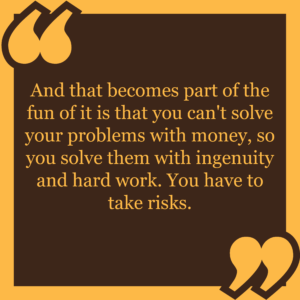 really enjoyed doing the adaptation. What I liked about Howard was he recognized the script would be something completely different. In fact, in the process that you make various movies, there’s the novel, which is one thing. There’s the script, which is one thing. Then ultimately, you have to deal with the reality of who the cast is and where the locations are, and that becomes the movie you shoot. Then, you go to the editing room, and that’s another whole movie because now you’re working with what you actually got. Each one of these things at each level is a different process, which is part of the fun of it. I guess you try and stay as open as you can in each section, realizing you don’t want to be limited by your imagination and what the change is.
really enjoyed doing the adaptation. What I liked about Howard was he recognized the script would be something completely different. In fact, in the process that you make various movies, there’s the novel, which is one thing. There’s the script, which is one thing. Then ultimately, you have to deal with the reality of who the cast is and where the locations are, and that becomes the movie you shoot. Then, you go to the editing room, and that’s another whole movie because now you’re working with what you actually got. Each one of these things at each level is a different process, which is part of the fun of it. I guess you try and stay as open as you can in each section, realizing you don’t want to be limited by your imagination and what the change is.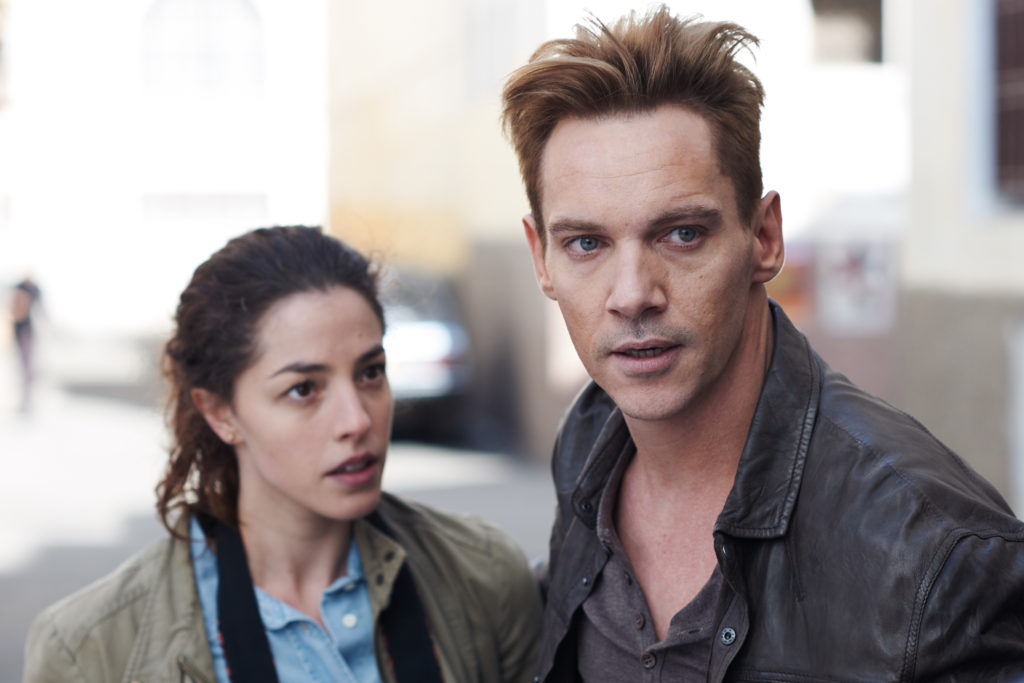
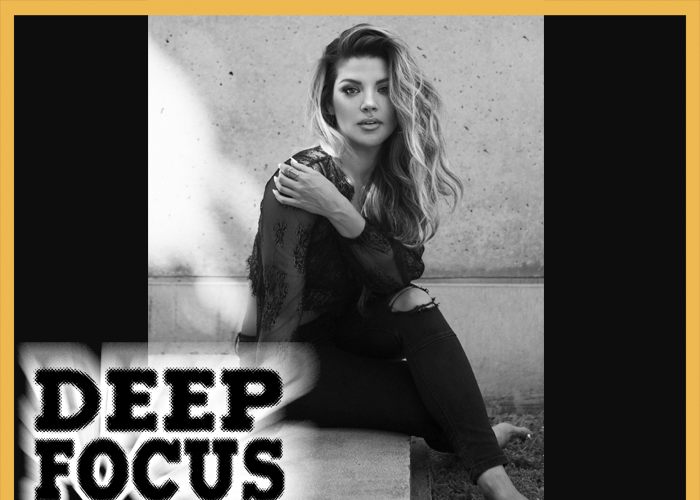
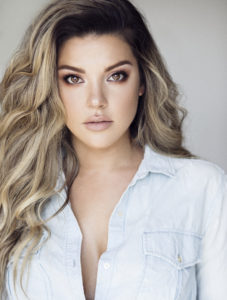
 defining moment like that in your career thus far and how did it change things for you moving forward?
defining moment like that in your career thus far and how did it change things for you moving forward?